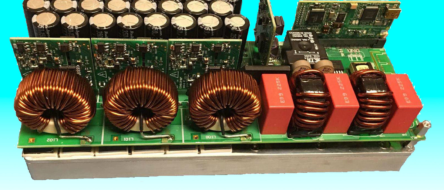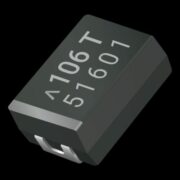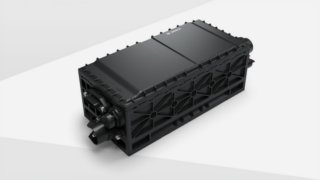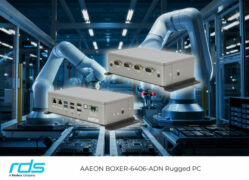Making a dc voltage from an ac source means you will have to rectify the ac voltage to get a dc bus. One difference compared to a dc-dc converter is that you can use a linear power supply with an ac voltage. That means you can take advantage of using a transformer to reduce or increase the ac voltage, and then rectify the result. The closest thing to a linear dc-dc power supply would be a dc motor driving a dc generator, which isn’t a very efficient proposition.
Linear ac-dc power still has a place in lab supplies and high-end audio, but most modern power conversion uses switching voltage regulators, not linear ones. In this application, you will be rectifying the incoming ac voltage to create a dc bus. Once you have this dc bus, you can use any of the dc-dc power-conversion architectures to make the final output voltage or voltages you need.
The Problem with Rectification
| While conceptually simple, rectifying the incoming ac adds a host of problems to your power supply. Most rectification is done with diodes. Those diodes will create switching spikes as they work, which can send conducted noise back into your wall outlet. They also will have a forward voltage drop that consumes power.
You can use a MOSFET bridge to rectify the incoming ac, but it’s a significant control challenge. I have a friend who did this for the Nest thermostat, which is powered off the 24-V ac used for conventional thermostats. This is a real power challenge, since turning on the furnace or air conditioning is based on shorting that 24 V ac at the thermostat—that’s how a conventional thermostat works. The Nest draws a very small current to charge its batteries. It can then short the 24-V ac input to turn on the furnace, using the same FET bridge, while it runs on batteries. The Nest thermostat needs every small bit of energy it can get; hence the need to eliminate a simple diode bridge. |










